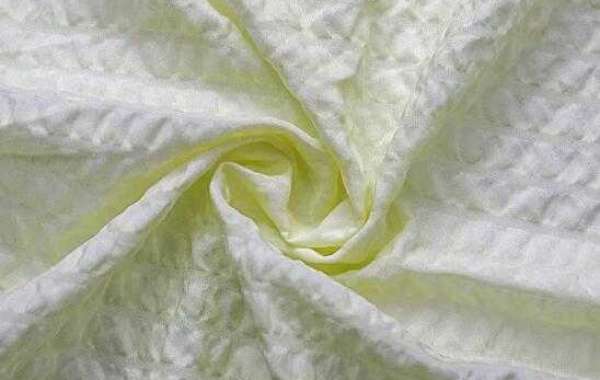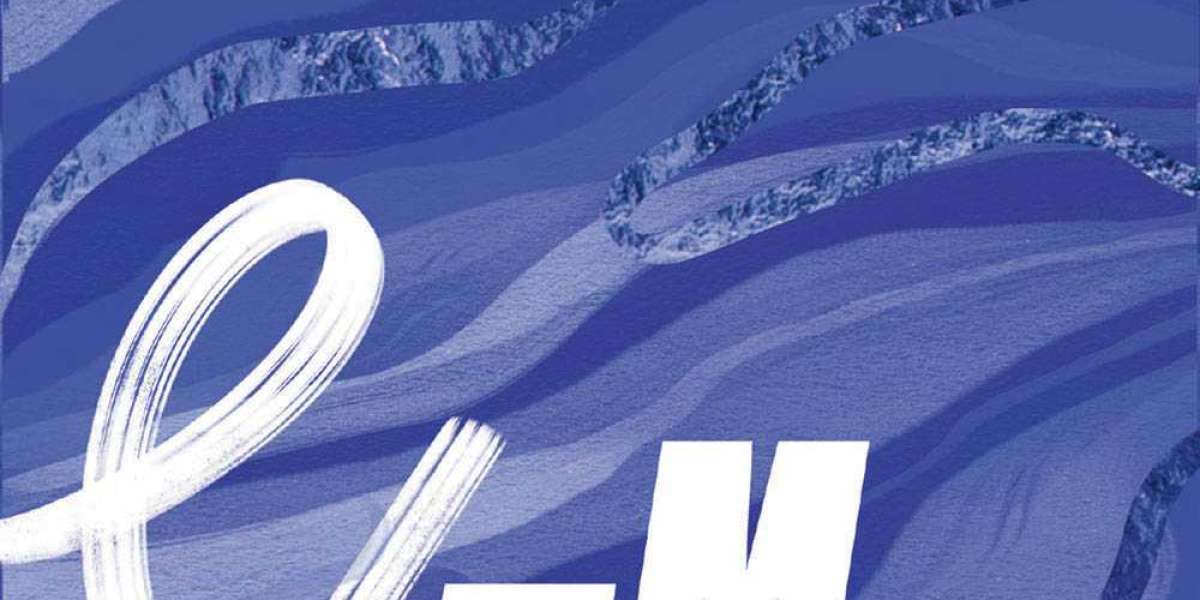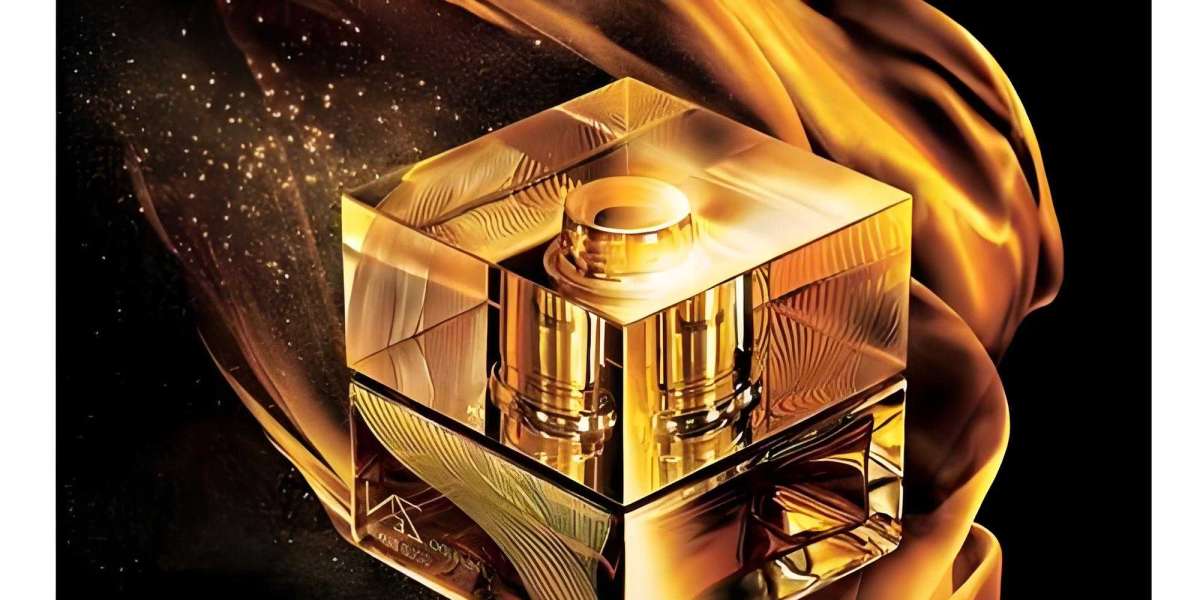Seersucker Fabric Manufacturers introduces the five stages of textile dyeing.
1. Dyeing of loose fibers: the dyeing of fibers or loose fibers before spinning is put into a large dyeing vat and dyed at an appropriate temperature. Dyed yarns are mostly dyed with loose fibers (there are also effects of single dyeing with different fibers), which are often used for woolen fabrics.
2. Top dyeing: This also belongs to the fiber dyeing before the fiber is made into yarn. The purpose of dyeing is the same as that of loose fiber dyeing, in order to obtain a soft color mixing effect. Top dyeing is generally used for combed yarn and wool fabrics.
3. Yarn dyeing: dye the yarn before weaving, generally used for yarn-dyed textile fabrics, sweaters, etc. or directly use yarn (sewing thread, etc.). Yarn dyeing is the basis of dyeing and weaving.
4. Piece dyeing: The method of dyeing the woven fabric grey cloth is piece dyeing. Common methods include rope dyeing, jet dyeing, jig dyeing, pad dyeing (not tie dyeing) and beam dyeing.
5. Garment dyeing: Generally, the semi-bleached textile fabric is made into a garment first, and then the garment is put into a nylon bag, a series of bags are put into the dyeing vat together, and stirring is continued in the dyeing vat (paddle dyeing machine). Garment dyeing is mostly suitable for knitted hosiery, T-shirts and other knitted garments, sweaters, pants, shirts and other simple garments.







